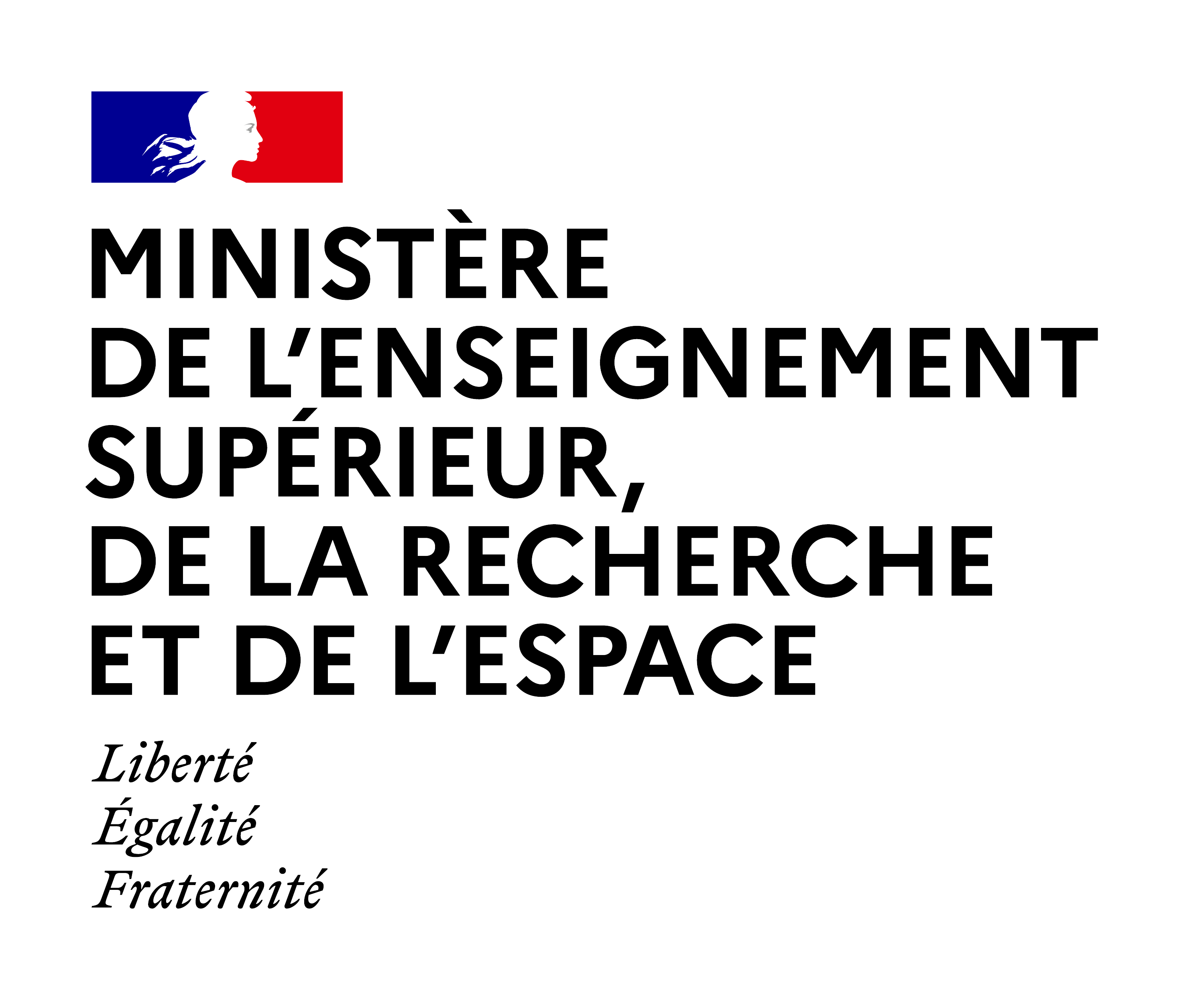Expected Outcome:
Project results should focus to the minimisation of aviation non-CO2 emissions. Project results are expected to contribute to at least three of the following expected outcomes:
- Primarily, further increase the scientific understanding related to the impact of aerosols on clouds as well as the contribution of aviation NOx emissions to climate change.
- Investigate further on how to support potential policy measures identified in the EASA study[1], including whether they are proportionate, feasible and reduce the overall climate impact (CO2 and non-CO2 emissions).
- Perform detailed analysis of optimal relation between costs and climate.
- Perform engine gas and particle emissions characterisation, when data is incomplete or unavailable.
- Perform flight tests and demonstrate the benefits and fuel burn trade-offs of avoiding climate sensitive regions.
- Perform hydrogen and aviation drop-in fuel research with an eye towards reducing further non-CO2 emissions.
- Develop further real-time decision-support software for airlines and ATM, to predict the location and global warming impact of contrail and contrail cirrus formation.
Scope:
EU-studies show that approximately 50-75% of aviation’s climate impact is caused by non-CO2 emissions. It is because of their local geographical character, their dependency on atmospheric phenomena, the incomplete understanding and uncertainty as well as operational trade-offs that non-CO2 emissions have been less-targeted so far from international and European regulatory measures. Recent studies show that cost-effective mitigation measures are possible, provided that focused R&I actions together with flight tests resolve the final uncertainties. However, today any avoidance that increases CO2 emissions, even at a net reduction of overall climate warming impact, introduces a complex policy issue of mitigating short-term versus long term climate effects.
Recent EU and National-funded research activities (i.e. FP7-REACT4C, SESAR-FLyATM4E, ALARM, SINOPTICA, DLR-WeCARE, H2020-ACACIA, HE-BECOM) characterized better the contrail formation and provided more insight in the aviation NOx emissions and ozone formation. The studies also showed that if aircraft operations are only optimized for fuel use, they may have an increased climate impact, since non-CO2 effects may compensate the reduced warming from CO2 savings.
Avoiding climate sensitive regions has a large potential in reducing climate impact at relatively low costs without causing significantly more CO2 emissions that outweigh the overall climate effect. The integration of data analytics and weather forecasting into advanced decision-support software tools that are able to predict real-time the contrail formation as well as propose alternative paths, are well in-line with the scope of this topic. This topic aims to integrate and provide clear operational guidelines supported by validated flight tests. Engine gas and particle emissions characterisation, when data is incomplete or unavailable, is in-line with the scope of this topic.
As a follow-up of EASA study, on non-CO2 climate impacts, and for the standardisation in view of safety considerations and future certification, the involvement of EASA is necessary (e.g. as part of the steering group), as well as the coordination with ICAO relevant groups (CAEP).
Synergies with SESAR3 should also be exploited – in view of the relevant topics in the SESAR3 JU bi-annual work programme 2022-2023. Furthermore, international collaboration for research and Air-Traffic Management should be sought (e.g. SESAR/NextGen).
Synergies may also be considered with the Digital Sky Demonstrators, including in particular flights for demonstrating green trajectories or equipped with sensors to collect data for the assessment of the non-CO2 impact on aviation. Finally, synergies with Destination Earth should also be sought.
[1] COM(2020) 747 final - Updated analysis of the non-CO2 climate impacts of aviation and potential policy measures pursuant to EU Emissions Trading System Directive Article 30(4).





